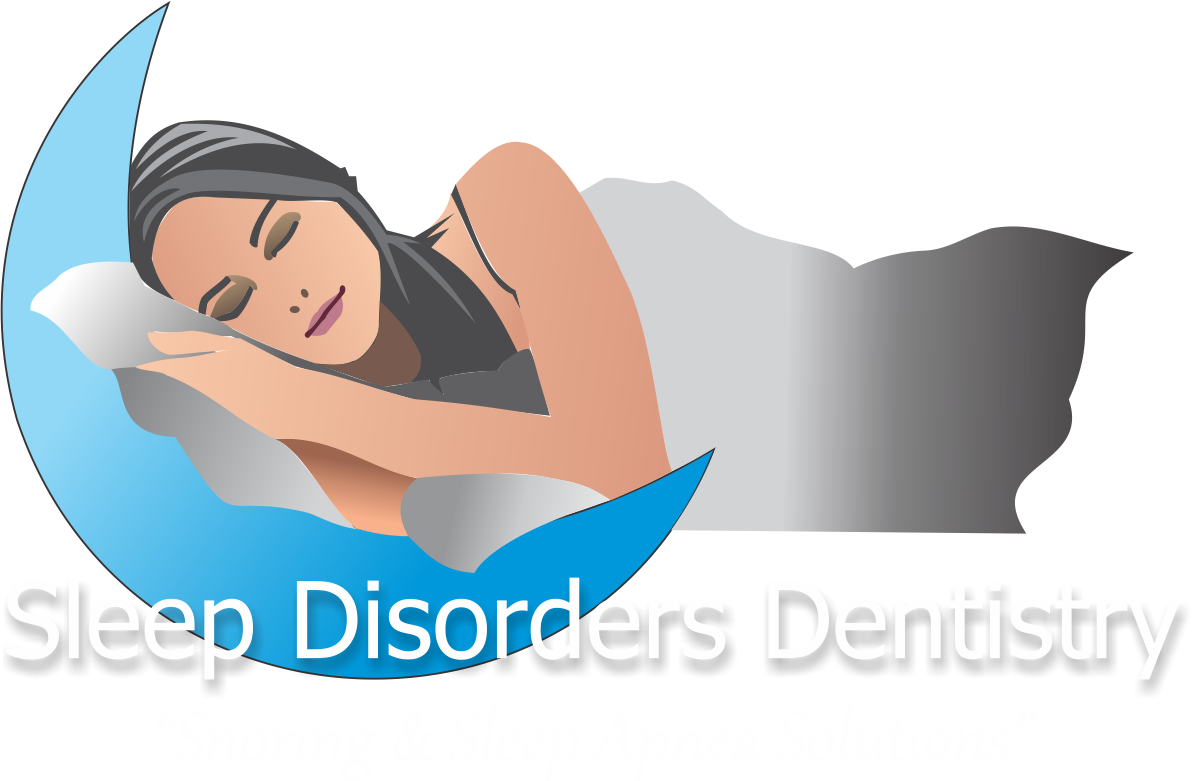It is Time Dentists are Invited to the Front of the Room!
As the clinical director of a facility Accredited by the American Academy of Dental Sleep Medicine, I attended a course provided by a local university for primary care physicians, entitled:
Current Management of Sleep Disorders: A Comprehensive Update
There was not much on the flyer regarding oral appliances, but since an oral surgeon that was also a Diplomate of the American Board of Dental Sleep Medicine was speaking on the subject of surgical solutions, I was hopeful that there would be some information on oral appliance’s provided for the physicians, at least in passing.
If I were a physician attending that conference, this is what I would have heard about oral appliances…
“I don’t know much about oral appliances and I will let the oral surgeon speaking today tell us more about them.”
“As far as oral appliances go, I see Dr. John Viviano is in the audience, he has an office that is exclusively dedicated to oral appliance therapy. I am sure that he will concur that oral appliances move teeth, often after only two weeks of wear.”
But I am not a physician. I am a dentist, with knowledge in this area. So, when the question period came around at the end of the conference, I put up my hand and said the following…
“I would like to thank all the speakers for their excellent presentations. However, I am surprised at the lack of information provided today regarding the role oral appliances play for these patients.
In fact, the American Academy of Sleep Medicine / American Academy of Dental Sleep Medicine (AASM/AADSM) joint guidelines published this summer state that:
· Oral Appliances are first line therapy for Snoring
· CPAP is first line therapy for Mild to Severe Sleep Apnea. However, if a patient prefers an oral appliance to CPAP it is appropriate for a physician to prescribe an oral appliance regardless of apnea severity
(These are a “STANDARD” not just a “GUIDELINE”)
Recent research suggests that when one considers both “therapeutic effectiveness” and “patient adherence” to therapy, oral appliances have an “Efficacy” similar to CPAP; they both hover around 50%.
My practice is a referral practice, and almost all of my patients are CPAP intolerant individuals. Often these patients have dropped out of treatment for 1, 2, 3, 4 and sometimes even 5 years, before finally hearing about the oral appliance alternative and eventually finding their way to my office. The primary care physicians in this room play an instrumental role in the management of patients demonstrating an intolerance to CPAP, and today's venue is an ideal place for them to learn about oral appliances..."
The room was quiet and everyone was listening, and as heads turned to see who was providing this information, I went on to explain the required protocols for a physician to work collaboratively with a dentist in the care of these patients as per the current guidelines.
This incident begs the following question, why is it, that in the year 2015, physicians can attend a university sponsored continuing education course entitled, “Current Management of Sleep Disorders: A comprehensive Update”, and would leave knowing nothing meaningful about the role oral appliances play in this area, if it were not for a sole dentist sitting at the back of the room. I say it is time dentists are invited to the front of the room!
